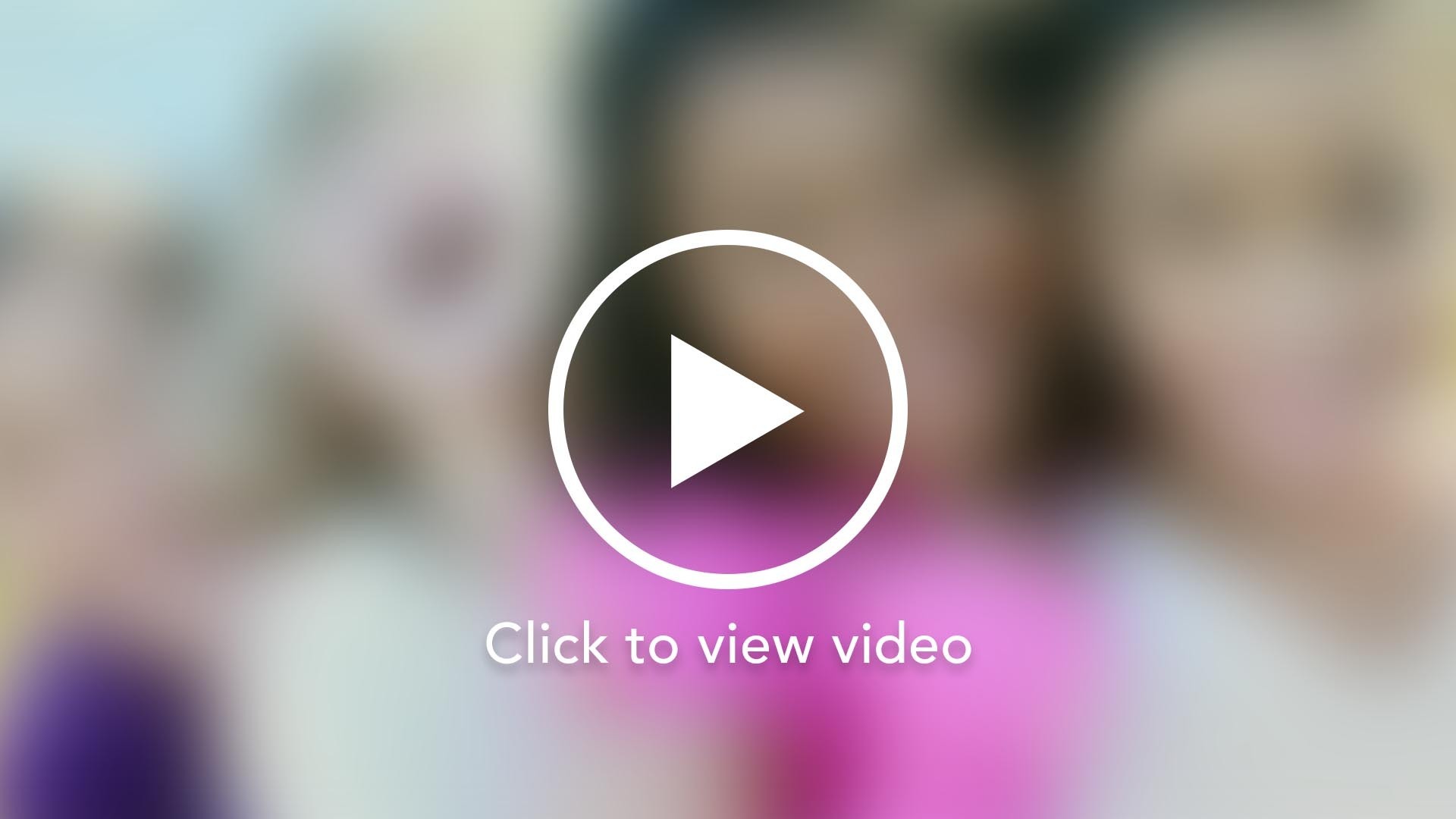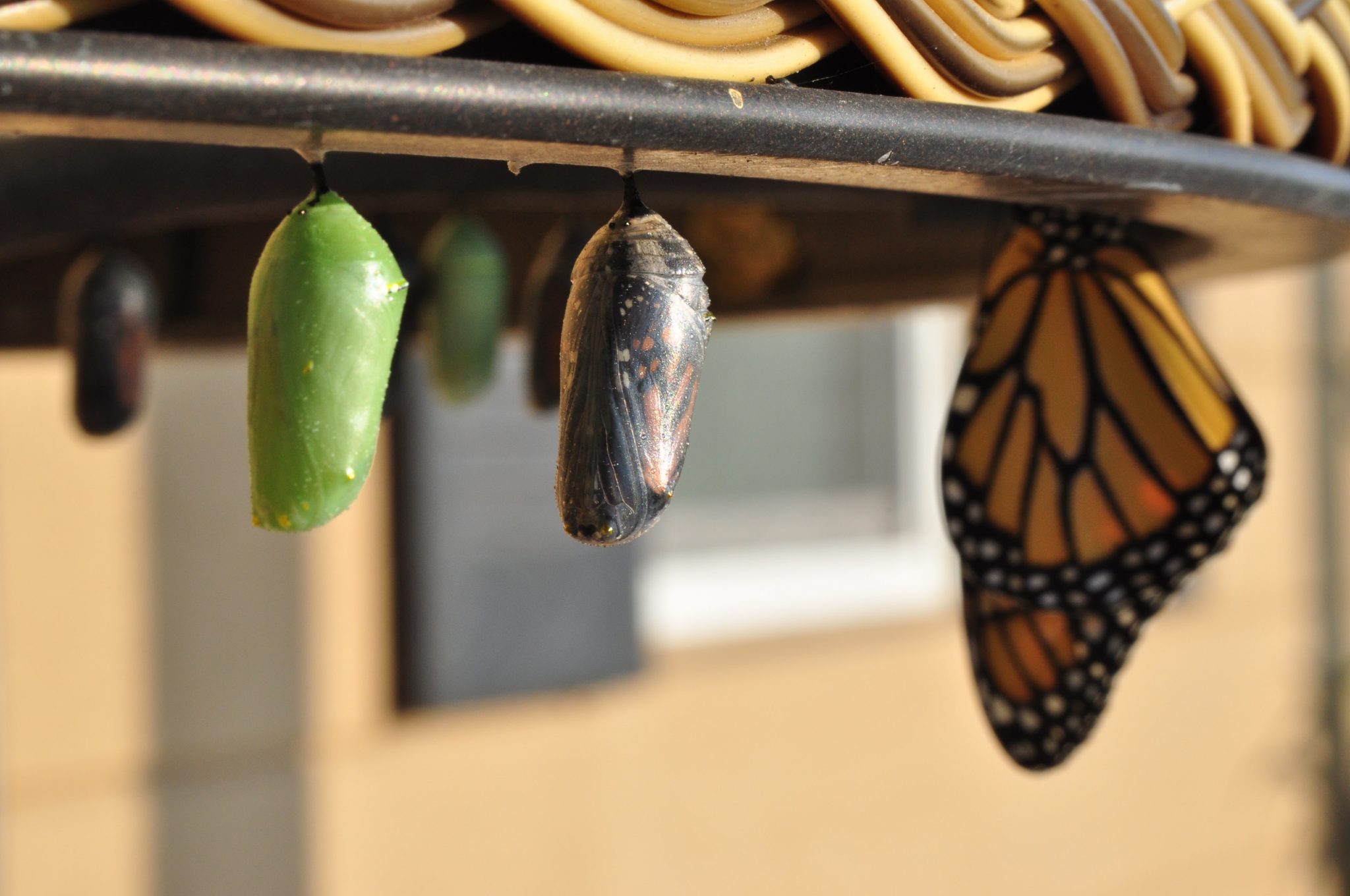COMING SOON!
Watch the Exhibit come to life

Grade K – 2

Lesson 1
Helping Others – With fascism rising across Europe, Jewish refugees were seeking to flee the continent and the Nazis. In June 1940, Portuguese diplomat Aristides de Sousa Mendes defied official orders in order to do what he could to help them, issuing potentially life-saving visas. He was punished for his efforts. This is the story of the unsung hero. – World Jewish Congress Teacher begins with defining the following words: flee (run away to be safe), refugee (a person looking for a safety), diplomat (person who works to be friends with other countries and help people), visa (paper that allows someone to travel to another country). Have children demonstrate the word meanings with hand and body movements, ex. Pumping arms as if running, a hand across eyebrows looking, hand shakes, stamping imaginary paper. Teacher clicks the link and reads each slide as the video plays. Aristides de Sousa Mendes Questions: What does it mean to save someone? What would you do if a classmate needed help because someone pushed them every day at recess? What if helping a classmate meant others wouldn’t be friends with you?

Lesson 2
Different Ways to Help Some chose to help Jewish people inside Germany. One was Adolf Althoff, a circus ringmaster. Have you been to a circus? What does the ringmaster do?
The Althoff circus was a well-known German circus that traveled all over Europe. When Irene Danner approached Adolf Althoff for help, he took her in. Despite the dangers, he sheltered Irene, her sister and parents in the circus. www.yadvashem.org Rescue in a Circus Teacher clicks the link to play video, pausing as needed for questions. Why did the Altoffs risk their lives to help Irene Danner and her family? How did they keep the family safe? What would you do? Form two circles, one inside, and one outside. How can you bring the circles together to become one?

Lesson 3
Art ‘THE WORLD’S ABLOOM’ (2004) | macart Teacher clicks on the link and reads aloud beginning with the last sentence of the first paragraph and the poem that follows about the importance of hope in difficult times, especially for children in the Terezin camp. Gather the children and look at the art images on the page, especially the last two. Read the last two paragraphs as well. In the midst of terrible conditions, the paintings shine. Ask the children: Why was drawing and painting important? How did the artwork help them through difficult times? What would you draw to make someone feel better? Why? This can be taken back to the classroom as an after field-trip activity upon returning to school.

Lesson 4
Acts of Love and Caring
Books that Teach Children Love & Kindness Towards All Sit or stand in a circle. Teacher opens the link and reads the beginning paragraphs aloud. Go thru the book list and and ask the children if these are books they’re familiar with. Generate discussion and make a list of books to check out of the library. What acts of love and caring can the class practice each day? Make a plan to do this.
Grade 3 – 5

Lesson 1
Cattle Train transports – The Cattle Car – History Use the link and read the paragraph below the video about cattle trains and how they were used.
Share the short video with students. What did they learn? What questions do they have? Find or create a small rectangular space for students to gather closely together. Imagine not being able to eat or sleep. Students share how they felt during the experience. How can we make sure this never happens again?

Lesson 2
Underground Resistance Article – Corrie Ten Boom Read about this remarkable woman and how she helped save Jewish lives. Teachers can read aloud or students can read on their phones. Photos Corrie Ten Boom -House Click on small photos to see larger images of Corrie’s home and where she hid Jewish refugees. Talk in small groups about what you learned from the article and photos. View Photos Corrie Ten Boom -Family What would you risk to help someone in danger?

Lesson 3
Acts of Love and Caring Jose Arturo Castellanos – The Rescue José Arturo Castellanos was a diplomat from El Salvador who defied the Nazis and saved thousands of Jewish lives during the Holocaust. Watch the short video using the link above. As a class or in small groups, what did you learn? What questions do you have? What do you have to be willing to give up to help another human being?

Lesson 4
Eva Kor’s Story Eva Kor – the Holocaust Twin Who Forgave the Nazis This is a beautiful animation narrated by Eva Kor. There are some difficult things to hear, and yet this history is important for all of us to hear. Gather students and watch the video together. Stop for questions and comments as needed. Talk as a class or in small groups: What is forgiveness? Tell a story about a time you forgave someone. Was it easy or hard to do? How did you feel? Why is it important to forgive? Once students return to school, they can draw pictures or sketches or record a story about forgiveness.
Grade 6 – 8

Lesson 1
Dina Gottliebova Babbitt Dina’s Story in Graphic Novel Style Use phones and read about Dina’s terrifying experiences in Auschwitz and her art. Look closely at her Snow White mural and portraits of people held captive. What do you notice? Why is art important, especially in difficult times? How did it help Dina survive? How did help those who perished? Talk about her life after the war and what happened to her paintings. Why didn’t the museum return these works to her? Why did Dina feel this was unjust? Do you agree or disagree with this decision? List ways you can create art through music, drawing, writing, painting, dance that reflects a current issue that’s important and involves standing up for others.

Lesson 2
The Living and the Lost Tales from the Trenches – Al Marks Holocaust Survivor Read this article and make a list of what you learned. Why is it important to remember the Holocaust? Why do you think some Jews survived and others didn’t? What did he do with his life after the war? Make another list of what you think are the most important issues facing us today. Discuss with a partner or small group. What parallels do you see to the Holocaust? How can you help others who are treated unfairly in your community? Can you create an Instagram or TicToc post about fairness and justice?

Lesson 3
Acts of Love and Caring Angel Sanz Briz: Angel of Budapest Read this short article about how this man rescued 5,000 Jews during the Holocaust. What do you think might have happened to him if the Nazis caugh him? Why was he willing to take the risk? What risks are you willing to take to help another human being? Do a search for Raoul Wallenberg, both articles and photos. Who was he and why is he important to history? What do you have to give up to help another human being? Make a plan to take action in your school or community.

Lesson 4
Teenage artist Petr Gintz “Vedem” Children’s Newspaper Watch this video about a young man who created a life inside a concentration camp of Terezin. What did he create that helped himself and others? Did he survive the war? Why is it important to remember him? The Last Flight of Petr Ginz If there’s time, watch this video to find out more. See if you can find an image of Petr’s painting Moon Landscape in an online search. What did you learn from Petr’s life and how does this inspire you to help others?
Grade 9 – 12

Lesson 1
Holocaust by Bullets – Watch this video about the history of Mobile Killing Units known as Einsatzgruppen. Einsatzgruppen In small groups, talk about what happened. What is genocide? Why do you think some people stood by and didn’t help? What would move you to act on behalf of people in danger from hate? Make a list of possible actions with a partner or in a small group.

Lesson 2
Final Solution – January 1942 – What was the Final Solution? Look this up if needed. Read this short article from The Atlantic. Warning: Images are graphic and stark. This is the reality of genocide, an important part of World War II and human history. If you prefer, the first five photos will give you a sense of what the Final Solution was like for Jewish families. World War II: The Holocaust – Article and Photos Talk with a partner on how this article and the photos impacted you. Why were Jews targeted with such cruelty? Why is diversity and inclusion important for societies to function? How can you stand against anti-semitism today?

Lesson 3
Hungary, March 1944 As you saw in the GOH Exhibit, Adolf Eichmann organized the murder of Jews as the war was coming to an end. The Capture and Trial of Adoph Eichmann Watch the video and discuss: How was Eichmann found? Was he brought to justice? How? What purpose does hate serve? Make a list of actions you can take in support of others in your community. Be specific about who, why and how.

Lesson 4
Acts of Love and Caring – Raoul Wallenberg If You Save One Life, You Save the Whole World Watch this video and discuss what you learned with a partner. His legacy in human terms, one person with the compassion to care and the courage to act, could not only confront evil, but resist evil and thereby transform history. What does this mean? How does this apply to current events in the United States and in the world? Why is it important? Can high school students make a stand against hate both in school and in communities? Discuss one action you can take.